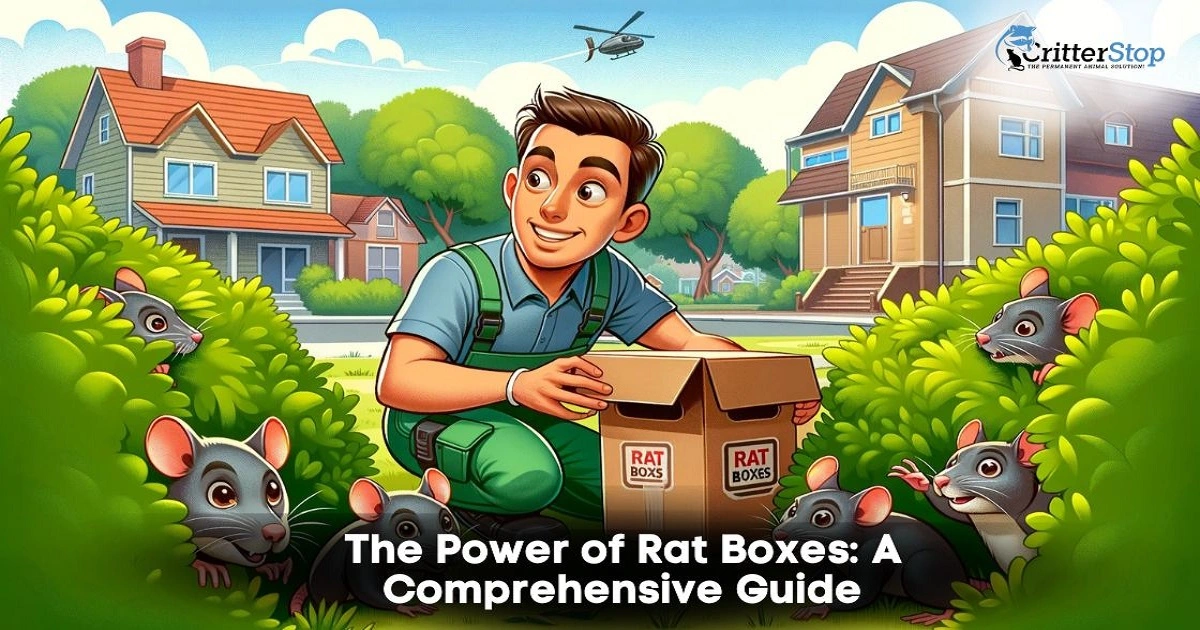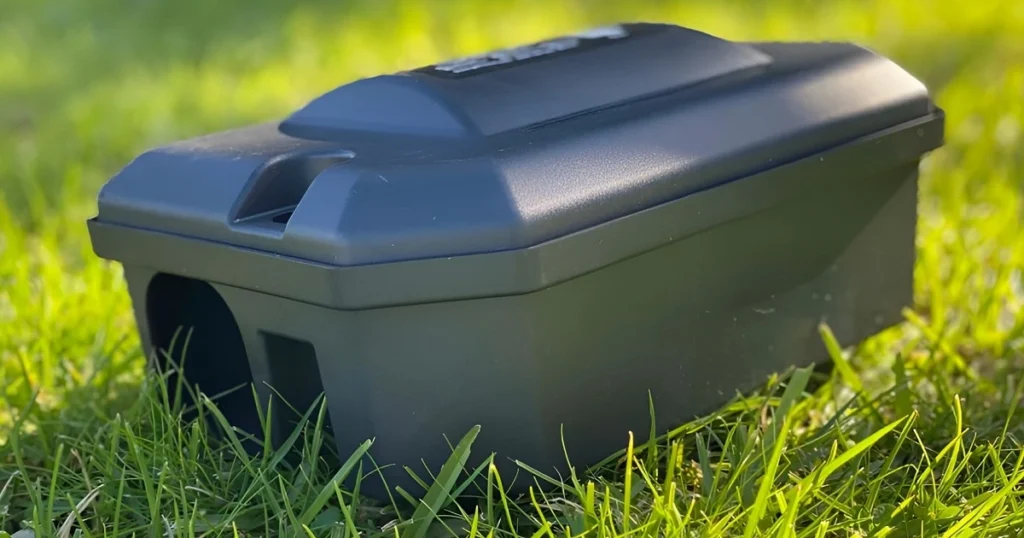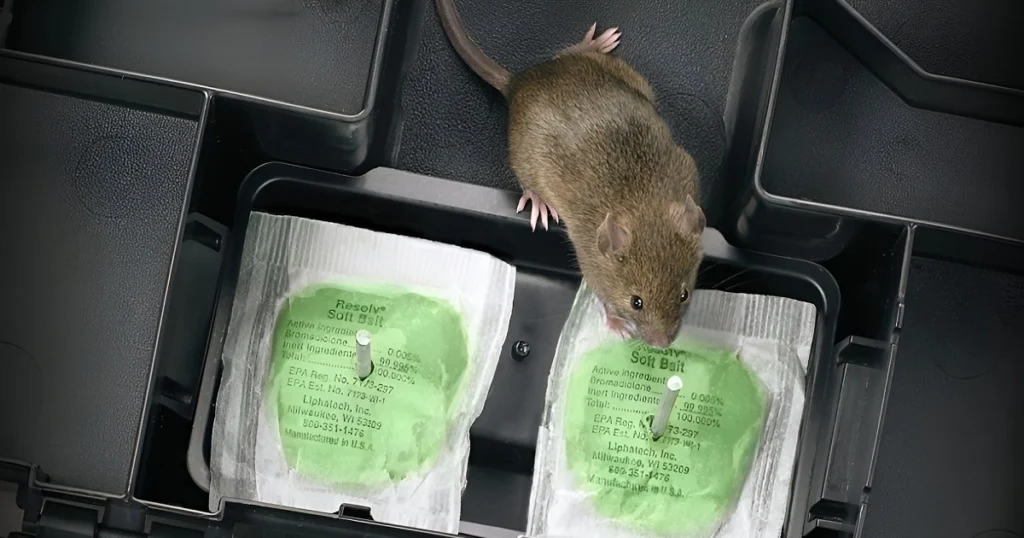
In pest control, the term "rat boxes" carries significant weight. These humble yet effective devices serve as a frontline defense against rat infestations, offering a potent solution to a persistent problem. In this comprehensive guide, we delve into the intricacies of rat boxes, exploring their function, types, placement, and crucial role in rodent management strategies.

Rat boxes, also known as bait stations or rodent stations, are purpose-built containers designed to attract and trap rats. These devices are typically constructed from durable materials such as plastic or metal, ensuring longevity and resistance to tampering. The primary function of rat boxes is to house rodenticide bait securely, shielding it from non-target animals and adverse weather conditions while allowing access for rodents.
Rat boxes come in various shapes and sizes, each catering to specific needs and environments.
Exterior rat boxes are commonly deployed in outdoor settings, such as gardens, alleyways, and industrial sites. These robust containers are designed to withstand exposure to elements, ensuring the efficacy of rodent control measures in outdoor spaces.
Interior rat boxes, on the other hand, are tailored for indoor use and offer discreet placement options in commercial and residential settings. Their compact design allows for seamless integration into interior spaces, making them ideal for areas where aesthetics are a consideration.

Selecting the appropriate rat box is paramount to the success of any rodent management program. Several factors must be considered, including the severity of the infestation, the target species, and the environmental conditions. When choosing a rat box, consider the following:
The placement of rat boxes is pivotal in their effectiveness against rodent infestations. Strategic placement is essential to maximize rodent exposure to bait while minimizing risks to non-target species. Consider the following placement strategies:
Effective rodent management requires ongoing maintenance and monitoring to ensure sustained control efforts. Regular inspection of rat boxes is essential to assess bait consumption, identify signs of rodent activity, and address any issues promptly. Additionally, proactive maintenance measures, such as cleaning and sanitizing rat boxes, can help prevent contamination and ensure the continued efficacy of control measures.

While rat boxes serve as valuable tools in rodent management, a holistic approach is necessary to address the multifaceted nature of rodent infestations. In addition to deploying rat boxes, property owners and pest control professionals can enhance control efforts by integrating complementary strategies and technologies.
In conclusion, while rat boxes remain a cornerstone of rodent management, integrating comprehensive solutions and innovative technologies can enhance control efforts and achieve sustainable results. By embracing strategies such as integrated pest management, electronic monitoring systems, non-toxic alternatives, and public education campaigns, property owners and pest control professionals can effectively combat rodent infestations and create healthier, safer environments for all.
For professional assistance with wildlife or pest removal from your property, contact Critter Stop at (214) 234-2616 for a free inspection. Critter Stop has a fantastic reputation, and customer reviews online because it provides high-quality work and great customer service.
As experts in pest control at Critter Stop, we understand the importance of rat boxes in defending your property against rodent intrusions. Below, we address some frequently asked questions regarding these essential tools:
Rat boxes, also known as bait stations or rodent stations, are purpose-built containers designed to attract and trap rats. Constructed from durable materials, they securely house rodenticide bait, ensuring efficacy while minimizing risks to non-target species.
Black box rat traps utilize a combination of enticing bait and strategically placed entry points to attract rats into the device. Once inside, the rats consume the bait, triggering the trap mechanism, effectively capturing them inside the box.
Upon entering the black box rat trap and consuming the bait, rats are effectively trapped inside the device. The trap mechanism ensures they cannot escape, allowing for safe and humane disposal of the captured rodents.
The best placement for rat boxes depends on various factors, including the severity of the infestation and the property's layout. Generally, placing rat boxes in high-traffic areas frequented by rodents, such as along walls or near food sources, maximizes their effectiveness.
Visit our Critter Library and learn more about our furry friends